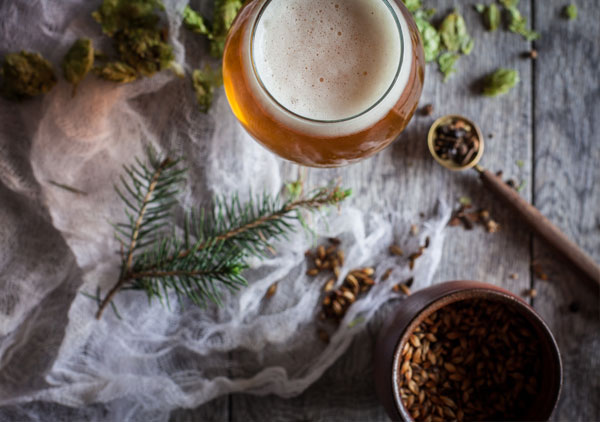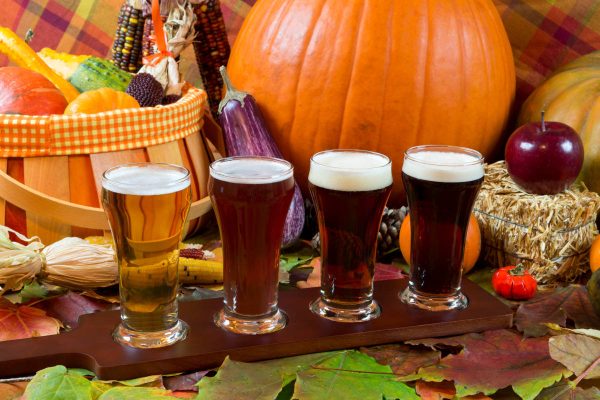
Test your knowledge of Stan Hieronymus’ new book Brewing Local in this week’s Tuesday Beer Trivia quiz.
In Brewing Local, Stan Hieronymus highlights herbs, grains, mushrooms, and more that can be found in your backyard (well, a lot of people’s backyard).
After you take the Beer Trivia quiz below, scroll down to the “Beer Trivia Answer Explanations” section to learn more about unusual ingredients.
[polldaddy type=”iframe” survey=”277C501F45E9C3A2″ height=”auto” domain=”2491351″ id=”beer-trivia-example-19″]
Beer Trivia Answer Explanations
Click To Expand
The following explanations were taken from Brewing Local by Stan Hieronymus.
Question 1:
False. Stan Hieronymus talks about general guidelines of adding adjunct ingredients in Brewing Local by explaining that prominent aroma and flavor attributes will always vary depending on when the ingredients are added and the amounts used. He says that very generally, the same rules that apply to adding hops also apply to adding other plant material: boil longer to extract bitterness, and boil less (if at all) to preserve aroma and flavor.
Question 2:
Less than 100 years after Columbus’ men first encountered the native grain, Thomas Hariot wrote, “The graine is about the bignesse of our ordinary English peaze and not much different in forme and shape, but of diverse colors—some white, some red, some yellow, and some blew…Wee made of the same in the countrey some mault, whereof was brued a good ale as was to be desired.”
Question 3:
In the West Indies, corn was referred to as mayze. George Washington always referred to it as maize. Englishmen referred to corn as Guinney Wheate or Turkie Wheate. Durum wheat is indeed a widely cultivated grain, but it is true wheat, not corn.
Question 4:
Accounts of brewing in Mesopotamia and Egypt include descriptions of herbs and spices added to improve the keeping properties or flavor of beer, and pharmacists preparing medicinal drugs often made them up in beer. These went by many names, but none of them was gruit, which was defined as a mixture of herbs in the middle ages, not a type of beer. Hieronymus mentions that this is largely a matter of semantics, but it can be useful for consumers to know that gruit means “without hops” and that other herbal notes will be more pronounced.
Question 5:
True. According to the TTB, “A Statement of Process is a formula for a domestically produced flavored malt beverage, flavored or unflavored rice wine, or sake. A Statement of Process consists of 1) a detailed and specific quantitative list of each ingredient in the product and 2) a step-by-step description of the production process.”





Share Post